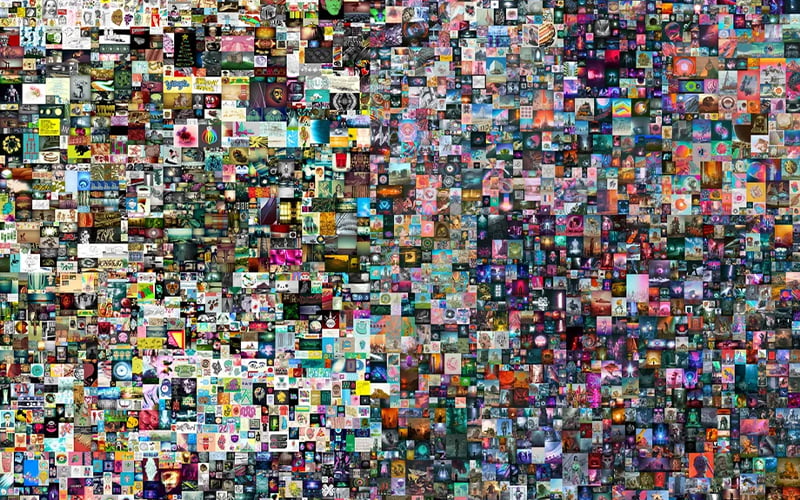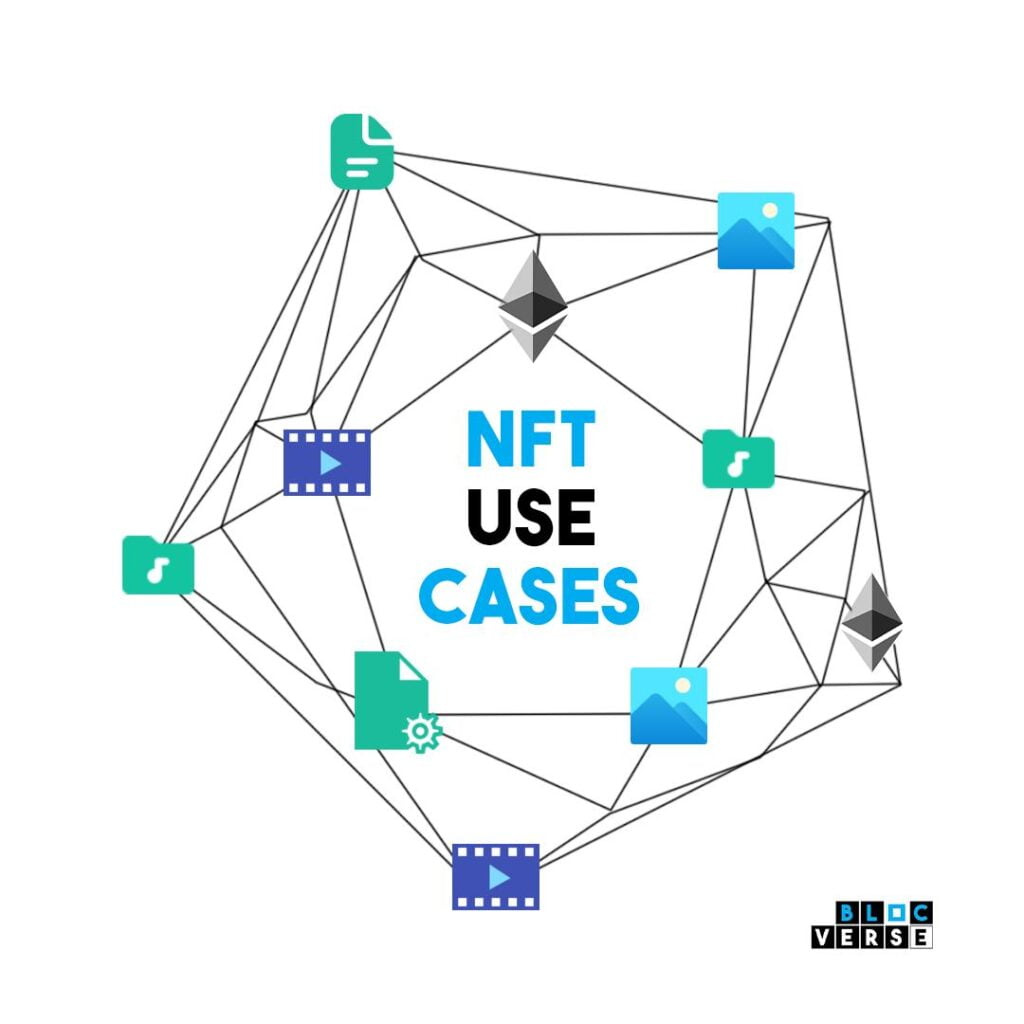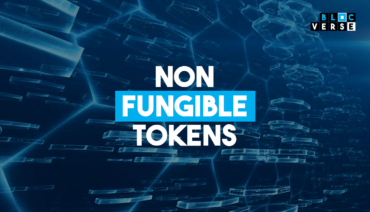WHY THE “BUSS” “FUSS” AND “TRENDING NATURE” OF NFTs?
INTRODUCTION
So it’s no news that a majority of people are tired of hearing ‘NFTs’ here and there without knowing for a start what exactly it is.
Non Fungible tokens stole the show in the year 2021 among all digital assets as their sales summed at $25 billion against $94.9 million in 2020, according to DappRadar’s data.
Mike Winkelmann, popularly known as Beeple, is a digital artist and graphic designer who created the digital artwork collage The First 5,000 Days.

The First 5000 Days, sold for $69.34 million on March 11, 2021.
It was purchased for $69,346,250 by crypto millionaire MetaKovan.
There’s a noise over this world of NFTs that makes drowning in this seem easy.
This article has all the answers to your questions on this topic.
Let us get down to it.
What exactly are NFTs?
Simply put, an NFT is a non-fungible token.
This type of token has a unique identity, and it is not interchangeable.
Any item that is given a unique identification can be an NFT.
For instance, it could be a house, a book, art, audio, text, etc.
Unlike other cryptocurrencies, such as Bitcoin and Ethereum, which are uniform and you can easily sell on exchange platforms, no two NFTs are the same, nor can you exchange them.
Here are three ways to understand it:
NFTs are stored on the blockchain.
Just like the cashier would log every sale and purchase in the ledger books, we store NFTs on the blockchain.
The image representation of the NFT is stored on decentralized cloud storage like IPFS.
Then the unique identification of the NFT i.e., the metadata (properties/location of the image) is then collected, written in the smart contract, and deployed on a blockchain.

Your token lives on the blockchain while your art lives off-chain.
They are a source of proving ownership of assets.
Minting your art, music, or properties as an NFT gives you the right to claim ownership over it, as each NFT is distinct and traceable.
So in this space, your assets have top-notch security and you don’t have to worry about a mix of ownership.
The most interesting part is that only one person can own an NFT, there’s no joint ownership.
This way, we can control the supply of digital content, which is the key to its price.
This gives one the chance of being the sole and only owner of one NFT asset at a time.
Think of them as a digital receipt
As a collector, NFTs are the equivalent of a receipt that you get after you buy something physically.
As an artist, minting your work is a way of putting a digital signature on them that no one can forge or remove.
Here’s How It Works
Most NFTs are, at a high level, part of the Ethereum blockchain.
Ethereum, like bitcoin and dogecoin, is a cryptocurrency, but its blockchain also enables these NFTs.
It does this by storing additional information that allows them to function differently from, say, an ETH coin.
It’s worth mentioning that various blockchains can use NFTs in their ways.
When an artist mints their work and turns it into an NFT, they turn it into a digital collector’s item.
This gives you the ability to create digital scarcity, allowing your work to gain value.
So, if you’ve minted a digital artwork, someone who has a copy of it they’ve pulled from a Google Images search may enjoy it privately.
With this, they won’t be able to sell it and cut you out of the royalty chain (or claim the work as their own).
Note: NFTs can only have one owner at a time, and each one is unique.
When there’s dual ownership on an NFT, one has to be a fake and it’s easily identifiable.
Going Further…
NFTs have permeated all sectors and fields, making them more appealing to audiences all around the world.
As everything has gone digital and everything is just a click away, there have been noticeable changes with cryptocurrencies and NFTs that are approaching.
The widespread use of cryptocurrencies has contributed significantly to the exponential expansion of Blockchain technology.
What NFTs Are For Creators
NFTs are being viewed as a way for creators to monetize their work and a way for them to connect with their fans.
For collectors, they seek to gain bragging rights by securing ownership of apian authenticated artwork purchased directly from the artist or creator.
This has resulted in an exponential increase in engagement and monetization, which is why there is a pump in the market with Non-fungible tokens.
WazirX, beyond Life Club, and BollyCoin are just a few of the new NFT marketplaces on the horizon.
What Are The Use Cases of NFTs?
Each NFT’s unique construction allows for a variety of applications.

They’re a great way to represent actual things like real estate, sports, music, and artwork digitally.
NFTs can also eliminate intermediaries and link artists with audiences or for identity management because they are based on blockchains.
They can eliminate middlemen, streamline transactions, and open up new markets.
The emergence of new markets and kinds of investing is its most intriguing opportunity.
Consider a piece of real estate that is divided into several sections, each with its own set of attributes and property types.
One division may be near a beach, while another may be in an entertainment complex, and yet another may be in a residential zone.
Each piece of land is distinct, priced individually, and represented by an NFT based on its qualities.
By adding necessary metadata to each NFT, real estate trade, which is a difficult and bureaucratic process, is simplified.

